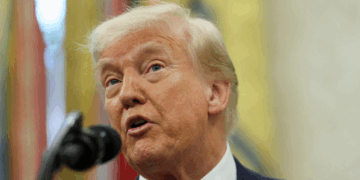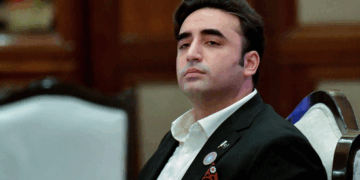General Pande, a prominent figure in India’s military establishment, underscored the nation’s rich heritage of statecraft as a crucial asset in shaping defense policies and strategies. Speaking at a seminar on national security, the General emphasized the enduring relevance of India’s historical legacy in navigating contemporary challenges in the defense domain.
“India’s statecraft heritage has provided invaluable insights and principles that continue to inform our defense outlook,” remarked General Pande during his address at the seminar attended by top military officials, policymakers, and defense analysts. He elaborated on how ancient texts such as the Arthashastra, authored by Chanakya, and the writings of other strategic thinkers have influenced India’s approach to national security and defense.
The Arthashastra, a treatise on statecraft and governance written over two millennia ago, remains a cornerstone of Indian strategic thought. General Pande highlighted its emphasis on diplomacy, intelligence gathering, and the use of both soft and hard power as essential components of national security strategy. He noted that these principles have been integrated into modern defense doctrines, contributing to India’s defense preparedness and resilience.
Furthermore, General Pande stressed the importance of adaptability and innovation, drawing parallels between ancient Indian strategies and contemporary defense challenges. “Our tradition of statecraft teaches us the value of flexibility and agility in responding to evolving threats,” he remarked. “It encourages us to leverage our strengths while exploiting the vulnerabilities of our adversaries.”
The General’s remarks come at a time when India is facing a complex security environment characterized by traditional and non-traditional threats. From border tensions to cybersecurity risks, the country’s defense apparatus is constantly evolving to meet the demands of the 21st century.
The recognition of India’s statecraft heritage as a strategic asset in the defense domain resonates with ongoing efforts to modernize and reform the armed forces. By drawing on centuries-old wisdom, policymakers and military leaders aim to craft holistic defense strategies that blend traditional and contemporary approaches to security.
In conclusion, General Pande’s articulation of India’s statecraft heritage as a foundation of strength in the defense domain underscores the nation’s commitment to leveraging its rich cultural and historical legacy in safeguarding its interests and promoting regional stability.








 India
India











